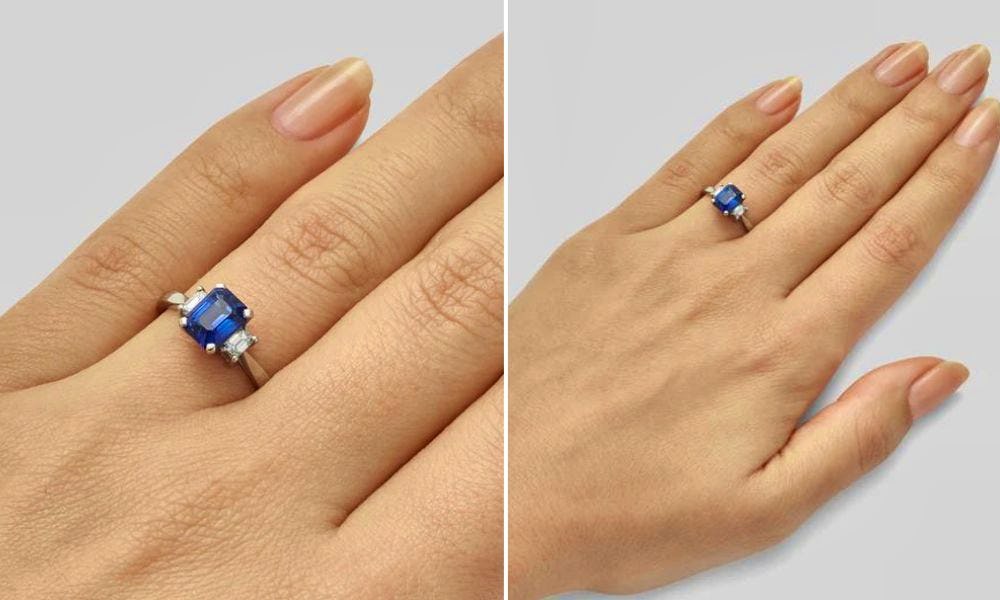Often I am asked, “What do you think is the earliest age at which a child may begin to study the piano?” My response is that no age is too early to begin piano lessons. I say the earlier the better! Many cultures begin at the age of 3 or 4. It’s a green light to begin if the child is musical and eager to learn, and if the piano teacher is stimulating and imaginative enough. One must be passionate in music education, planting seeds in young minds. Enthusiasm does matter.
But one must realize:
1. That expression at the piano during the preschool years is purely physical – the joy of swing, movement and sound; therefore all stiffness and conscious striving must be guarded against. This is a first time experience for young people. After all, they’re just kids and their tiny hands are not fully developed. Plus, their attention span is limited to ten minute intervals. After sitting and receiving instruction, one must change the variables and introduce music games or written theory books. Use of rhythm sticks is good, too.
2. That music existed before notes – therefore the child must, for a time, be unhampered by the printed page of sheet music. Rote or ear-playing should be the rule at first until the piano is thoroughly explored, and the approach to it is confident and easy. Note reading should of course be taught, but not simultaneously with the playing of “pieces,” however short. The length of this rote period, depends, naturally upon the child’s ability.
3. That all music played should be short, often less than a four measure phrase, for even that much may be too complicated technically for the preschool child. Repetitive, simple riffs are fun to play. Such motives as the following may be played all over the keyboard and in many keys.
Looking at bass notes, the left hand plays C and the right hand plays F (two times).
With the treble notes, the left hand plays Bb, Ab, Gb and the right hand plays Bb.
The idea in each case is complete, yet simple enough to be expressed happily and musically. Any teacher can “make up” dozens of these short, amusing figures for the beginner. I always reward their progress each week with stickers and “good job” or “awesome playing” award certificates.
In addition, there is a plethora of excellent material for the very young beginners. I prefer Bastien and Alfred’s primer books but you will find all teachers have their own preference and style of teaching. Best wishes in teaching a young child.





More Stories
How To Select a Violin School
Where Can You Find the Best Music Program For Maintaining Teenagers’ Interest in Music?
Intoxicating Punjabi Tunes Achieves Prominence in Indian Music Sector